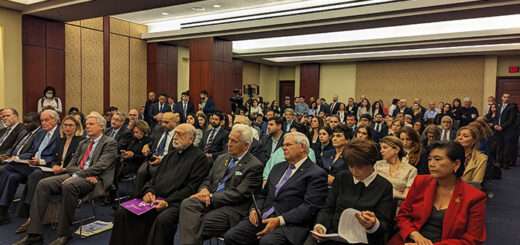One name that frequently arises is that of Sarkis Terzian (1868-1915), one of Emperor Menelik’s most renowned Armenian associates. Known as both a smuggler and a merchant, he made his fortune as an arms trader and gained fame by introducing the steamroller, aptly named ‘Sarkis babur,’ into the country. His close relationship with those in power elevated him to a revered status among the descendants of Armenian immigrants to Ethiopia, who regard him as a founding hero. Another notable figure was Dikran Ebeyan, who crafted Emperor Menilek’s crown.

As Professor Richard Pankhurst detailed in his essay, “Menilek and the Utilization of Foreign Skills in Ethiopia,” Dikran, who came from Cairo, was a jeweler by trade. His interest in Ethiopia was sparked “when an Ethiopian pilgrim bound for the Holy Land had stopped in Egypt, bearing a letter from Menelik to the Armenian community, requesting them to send him a goldsmith. The Armenian is said to have made three unsuccessful attempts to reach Ethiopia by way of Massawa, but was each time stopped at the port. Eventually, however, he landed at Tajurah, and proceeded inland to Menilek’s court, where he was never short of work. He produced several crowns for the sovereign and his consort Taytu, among them the crown used in Menilek’s coronation as Emperor in 1889 and another which the Emperor presented to the cathedral of Aksum.”
In one passage of “La fanfare du néguse,” Adjemian explains how the Armenian figures employed at the gebbi, the imperial palace, were under the protection of the Ethiopian rulers while upholding a discreet presence. “Contemporary sources only briefly mention their existence, often portraying them solely in the context of their craft or commercial roles. But personal relationships held great significance during this period, at a time when there was not yet a formal Ethiopian government and when, in the words of historian Berhanou Abebe, the realm of “foreign affairs” was, in fact, the emperor’s interactions with foreigners. The protocol was somewhat uncodified at the court of Menelik II, allowing individuals like Dikran Ebeyan, a simple Armenian goldsmith, to mingle with the small society of European diplomats and leverage his interpersonal skills.”








